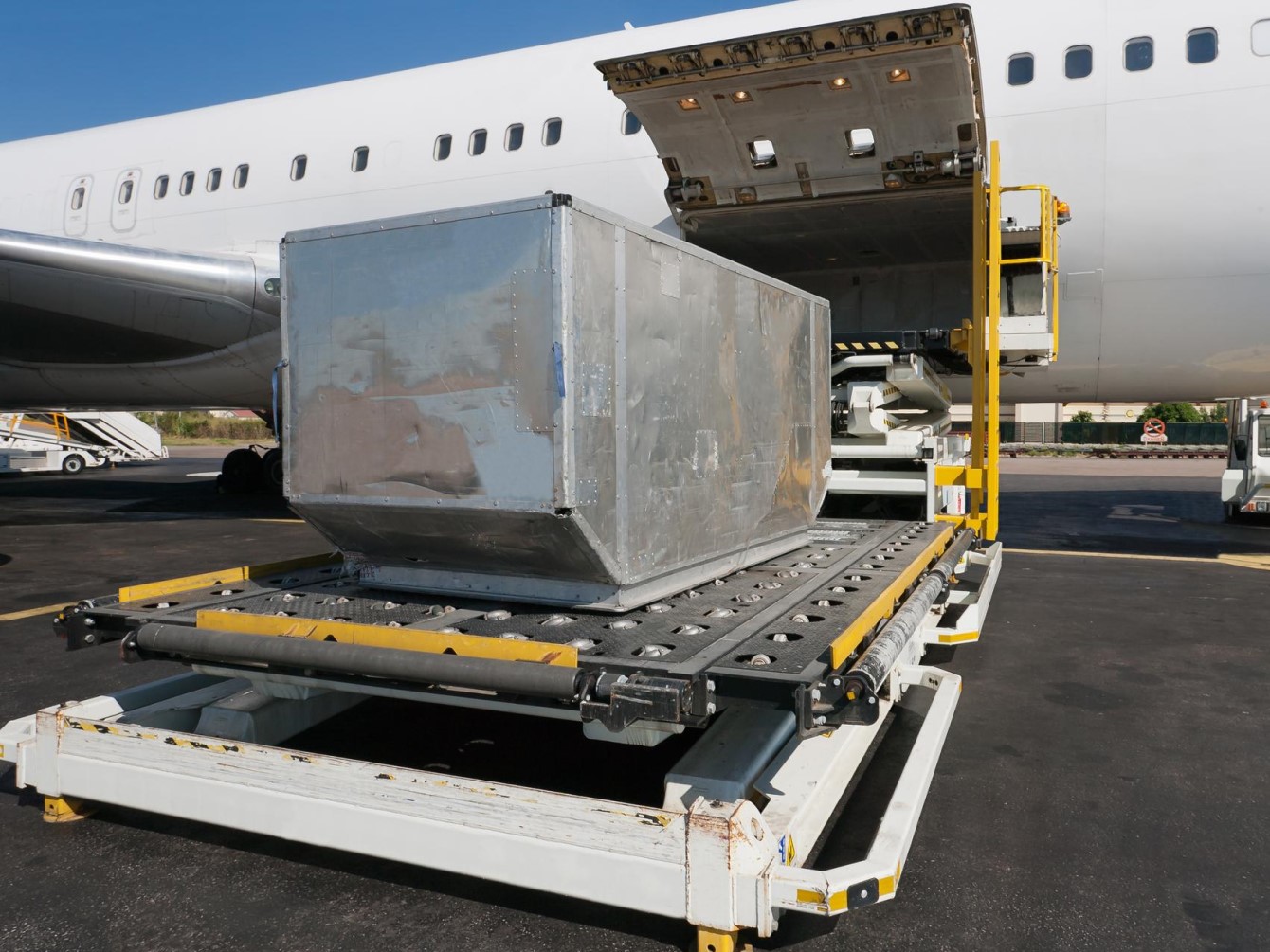When traditional sea freight leaves you wanting quicker transit and air is too costly, Sea-Air is the intersection of on-time and on the money.
Your e-guide is ready!
Reduce shipping costs without sacrificing speed. Get all the details you need for building a resilient Sea-Air strategy.
Chapter 1: The disruption dilemma
Nobody wants customers to see empty store shelves or out-of-stock items online. But supply chain disruption happens—from airport congestion to capacity shortages to unforeseen challenges a world away.
Sea-Air combines the best features of both transport modes to mitigate your shipping risks. It’s a nimble alternative that leaves obstacles behind.
Sea-Air combines the best features of both transport modes to mitigate your shipping risks. It’s a nimble alternative that leaves obstacles behind.
Chapter 2: Clear sailing
Shipments from ports in Asia typically sail to the hub and are trans-loaded to an aircraft within 48 hours. Our control tower team engineers the precise movement of your cargo to minimize transit times.
Cargo moves in dedicated sea containers with equipment and space priority
Containers are offloaded first at the destination port, saving 18–24 hours for discharge
Chapter 3: Take to the air
While en route by sea, your shipment is assigned air freight space—a mix of blocked-space agreements and free market capacity.
Unit Load Devices (ULD) assemble cargo into a single unit, offering ultimate protection and uplift without dwell time. Your shipment gets seamless synchronization between modes, significantly improving performance, speed and reliability.


Chapter 4: A sustainable proposition
Did you know that a flight emits 44 times (1) more CO2 than a ship carrying the same cargo over the same distance?
Sea-Air merges both modes to deliver on time with lower emissions than shipping by air alone.


